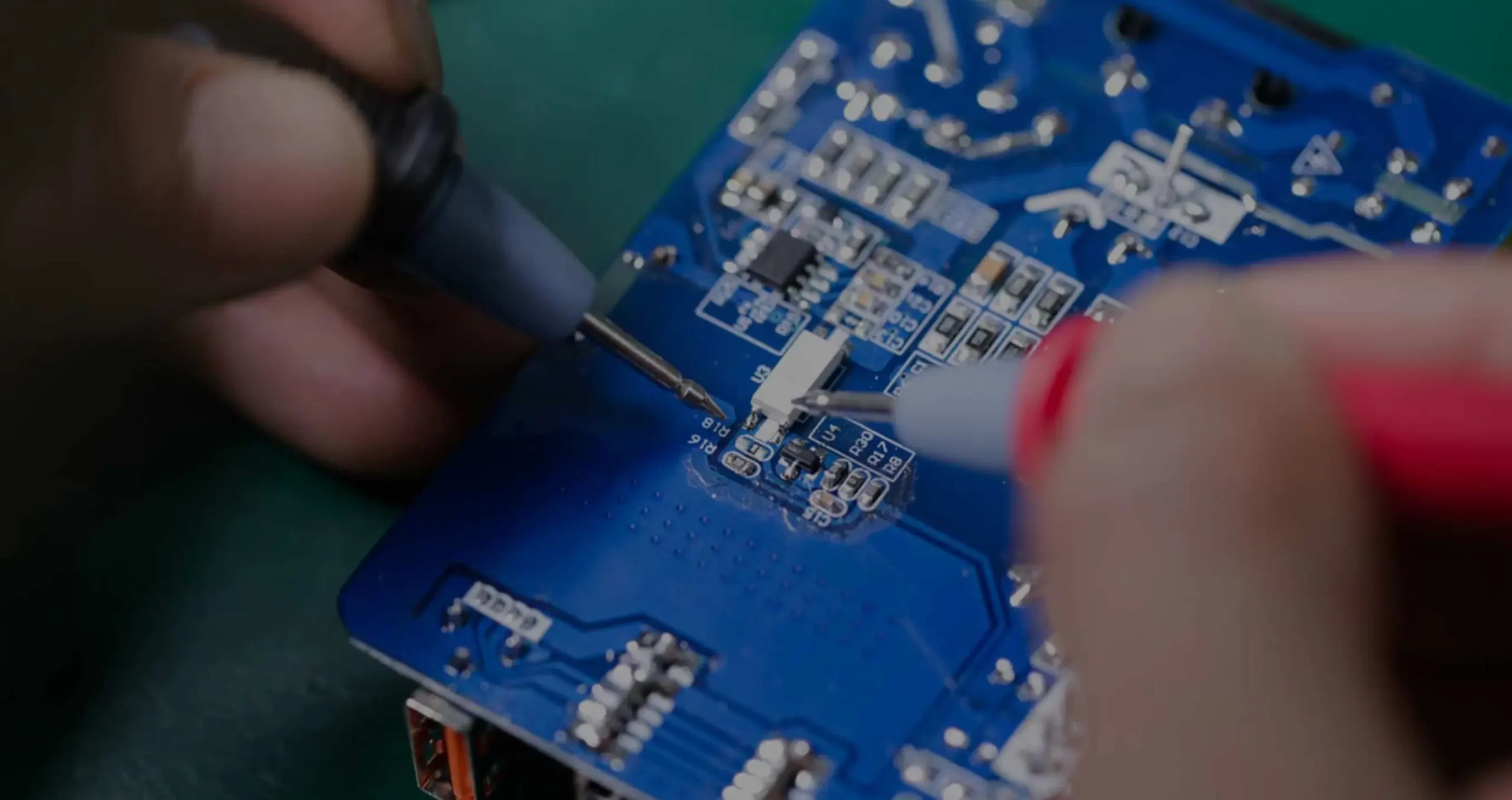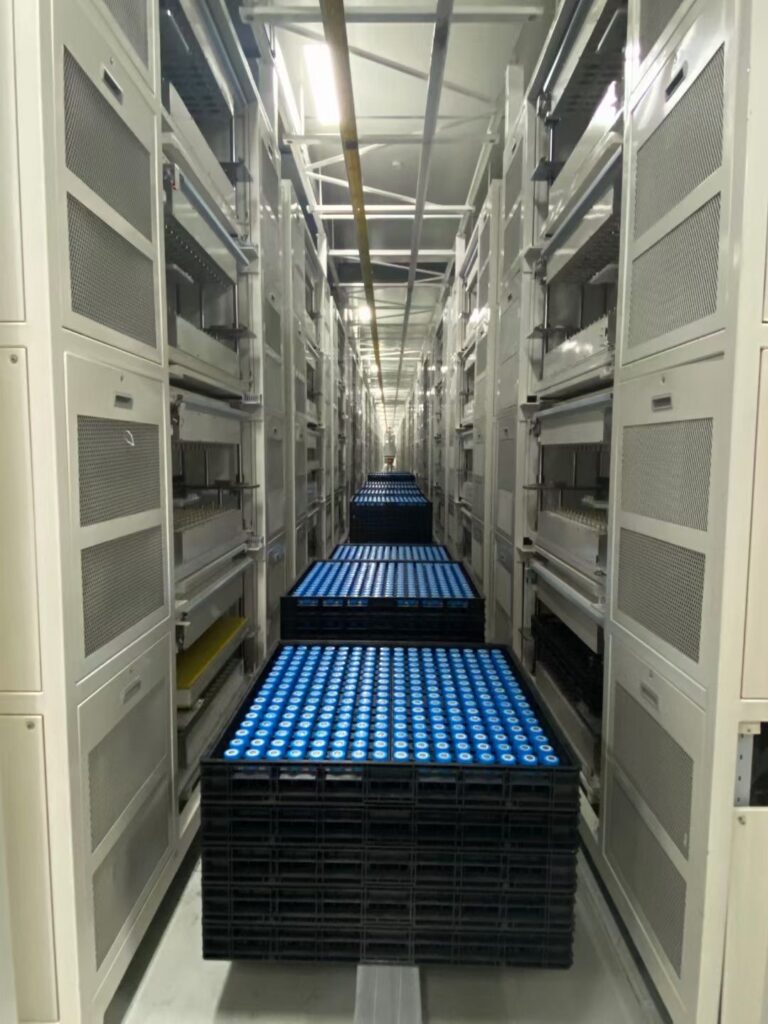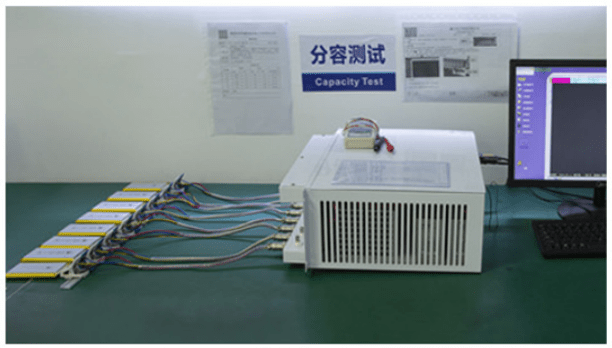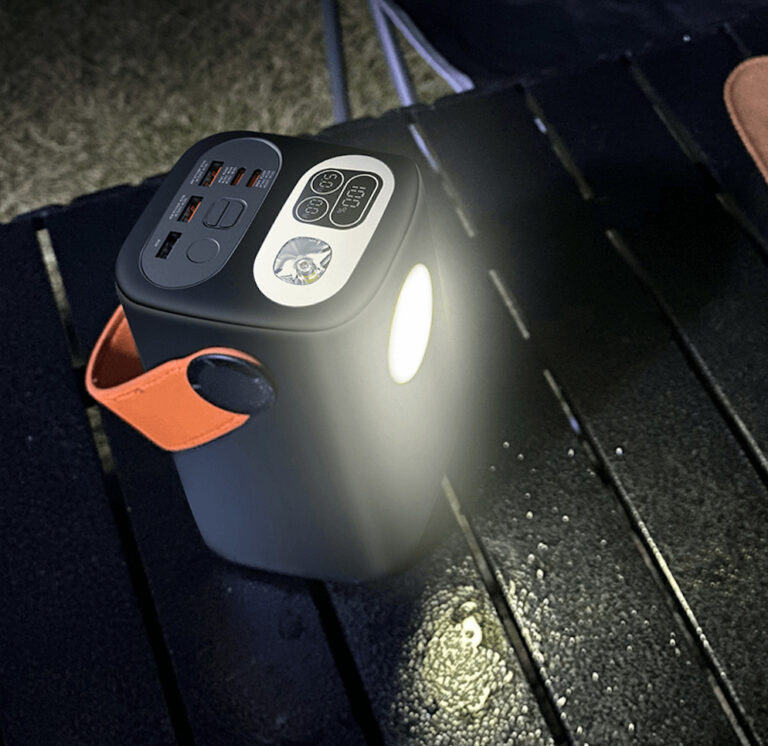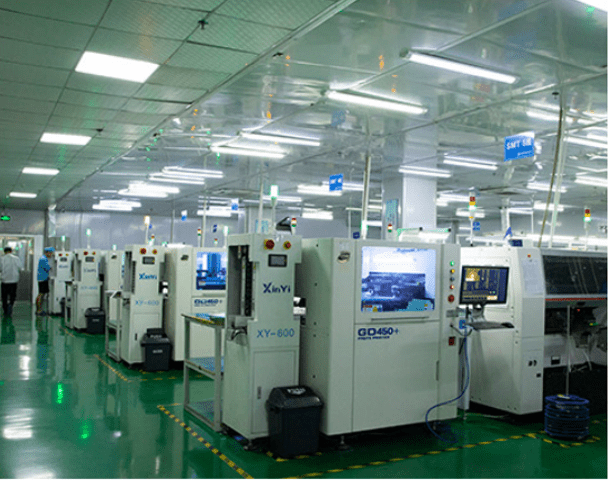Harnessing the Power of UUK Technology’s Advanced SMT Assembly Line: A Journey in Precision and Efficiency.
Automatic Solder Paste Printer: Setting the Stage for Excellence
Leading Bluetimes’ SMT assembly line is the automatic solder paste printer. This high-precision machine applies solder paste to PCB pads with exceptional uniformity and accuracy, laying the groundwork for secure, dependable connections between electronic components.
Solder Paste Inspection (SPI) Machine: Ensuring Quality at Every Step
Following the printing process, the SPI machine carefully checks the thickness, consistency, and placement of the solder paste. This critical quality control measure guarantees that each detail meets the highest standards, preventing potential issues that could affect the final product.
Pick & Place Machine: Precision in Every Placement
At the core of Bluetimes’ SMT assembly line is the pick-and-place machine. Operating with incredible speed and precision, it selects tiny electronic components from feeders and places them perfectly onto PCBs. This vital process ensures the circuitry is precisely arranged, preparing it for the next phase.
Reflow Soldering: Creating Strong, Reliable Bonds
Reflow soldering is the process that unifies the carefully positioned components into a cohesive, functioning unit. By meticulously controlling the temperature, the reflow oven melts the solder paste, enabling the components to bond securely to the PCB. As the connections cool, they harden into a robust foundation for the electronic device.
Automated Optical Inspection (AOI): Finalizing Quality Assurance
Finally, the AOI system conducts an in-depth scan of the assembled PCBs using high-resolution cameras and advanced image processing technology. This comprehensive inspection detects any defects, such as missing or misaligned components, polarity errors, or inadequate soldering, ensuring the highest level of quality in the final product.

